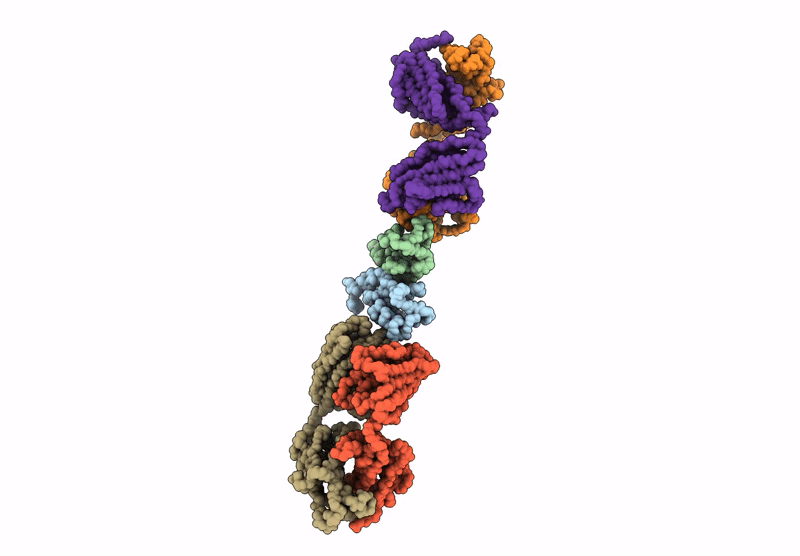
Deposition Date
2024-09-26
Release Date
2025-03-12
Last Version Date
2025-03-12
Method Details:
Experimental Method:
Resolution:
7.02 Å
Aggregation State:
PARTICLE
Reconstruction Method:
SINGLE PARTICLE


